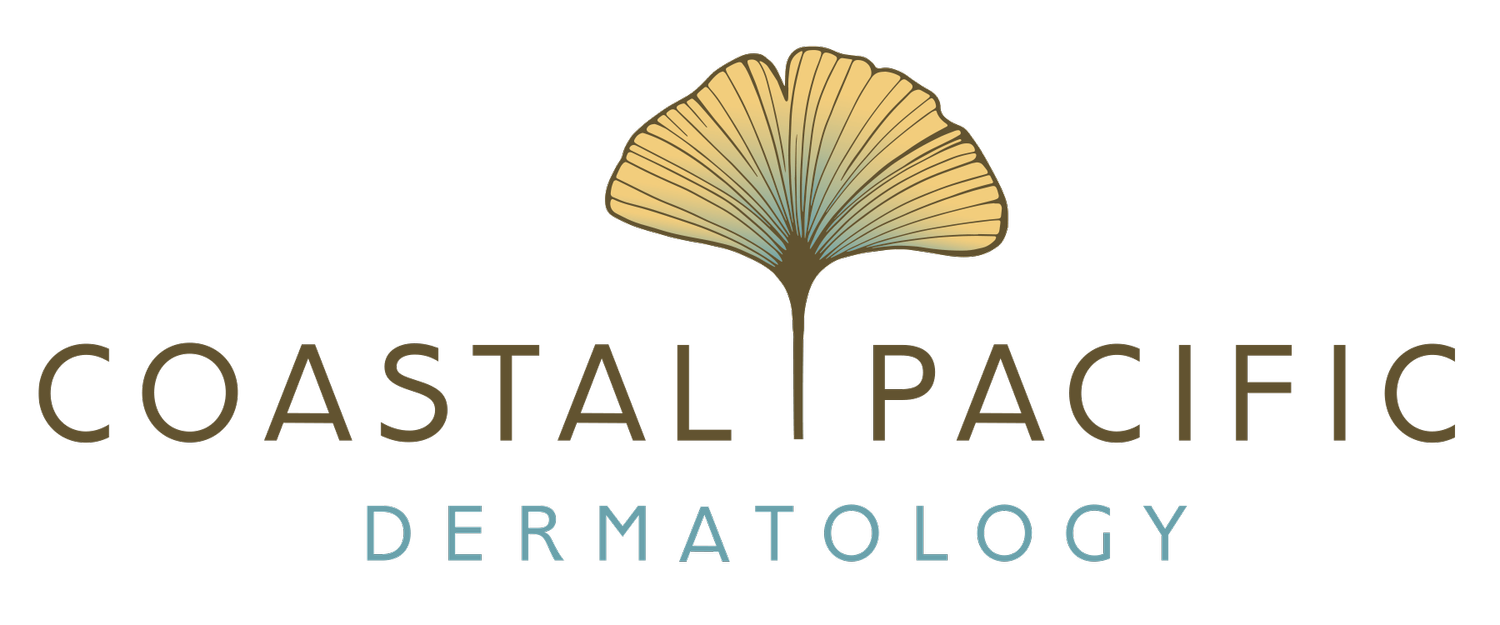Mohs Surgery
Micrographic dermatologic surgery (“Mohs”) is an advanced treatment for basal and squamous cell carcinoma of the skin.
Dr. Krishna is a board certified Mohs surgeon and was among the first in the country to receive this distinction in 2021. She has worked as a Mohs surgeon for 10 years and has completed thousands of cases. In addition to her own expertise, Dr. Krishna collaborates with leading plastic, oculoplastic and head and neck surgeons to ensure excellent cosmetic outcomes for her patients.
Every Mohs case is individual and Dr. Krishna works hard to ensure that treatment is personalized.
What is Mohs surgery?
Mohs surgery was pioneered by Dr. Frederick Mohs as a tissue sparing technique for basal and squamous cell carcinoma of the face, hands, feet, neck, and other areas of the body. The Mohs technique has been used for over 50 years and has been continually improved over time. Today, Mohs is used on a variety of skin cancer types and locations and can be used safely in the office setting.
Mohs surgery results in outstanding outcomes with less than 1% recurrence rate. This is accomplished by the Mohs technique of examining each level of skin in detail. By doing this, the Mohs surgeon can ensure that the tumor is completely removed prior to reconstructing the skin. Mohs surgery also results in a smaller scar compared to conventional skin cancer removal, in most cases. Mohs surgery is the gold standard for skin cancer on the face and is the ideal combination of optimal surgical and cosmetic outcomes.
Who is a candidate for Mohs?
Mohs surgery is appropriate for individuals of all ages with basal cell carcinoma or squamous cell carcinoma in high risk areas of the body. These areas include the face, neck, scalp, hands, feet, genitals, and nails. In some cases, Mohs will also be recommended in other areas based on size and tumor type.
General criteria for Mohs include:
Basal or squamous cell skin cancer on the face, neck, scalp, hands, feet genitals and nails
Basal or squamous cell skin cancer that is larger than an inch on other parts of the body
Rare skin cancers such as atypical fibroxanthoma, Merkel cell carcinoma and more
Recurrent skin cancers that have come back after standard removal
Skin cancers in individuals with altered immune systems, such as chronic lymphocytic leukemia (CLL) and other conditions
Because Mohs is performed in the office setting, it is safe for most individuals, even with underlying health conditions. The Mohs team will evaluate each case individually to determine the most safe and effective treatment plan.
“Dr. Krishna is the best!! Not only very thorough but if she need to do surgery her skills supersede any expectations you may have. I will always recommend her and her talents. Thank you Dr. Krishna.”
How is Mohs surgery performed?
The process of Mohs surgery begins with a detailed preoperative evaluation. This will include a detailed medical history, current and prior medications, underlying conditions, and the use of specific medications and supplements. Then, the tumor size and type will be reviewed for appropriateness for Mohs. Once the procedure is scheduled, the patient will be given instructions to prepare based on their individual case.
On the day of Mohs, surgery begins in the morning. The surgical plan is reviewed with the patient and the site is marked. Then, local anesthetic is injected after reviewing pertinent allergies and medications. The Mohs surgeon removes the first level of skin after determining an appropriate initial depth and width. The area is then bandaged and the patient will be allowed to wait in the waiting room while the tissue is evaluated. If the tissue is found to be clear, then the patient will returned for reconstruction. If the tissue is not clear, then more samples will be taken to achieve a clear margin, followed by reconstruction.
Recovering from Mohs surgery
Recovering from Mohs surgery occurs over three steps.
48 hours to 1 week: The Mohs site will be covered in a bandage to protect the healing site. There will be mild swelling and possible bruising depending on the site and size of the skin cancer and location. There will be mild discomfort mainly in the first 48 hours, which can be treated with Tylenol or Aleve.
1 week to 3 months: At 1-2 weeks, the sutures will be removed and the wound will continue to heal. Most bruising, swelling and pain should be resolved. The site should be kept covered with flesh colored paper tape, with sunscreen on top. Scar prevention creams such as Strataderm can be used as well to minimize scarring during this time. The wound will flatten during this time and fade in color.
3-6 months: The wound will continue to remodel during this time. It can be kept covered with sunscreen and scar cream if desired.
To learn more about Mohs surgery or to set up a Mohs consultation, please call or email.

